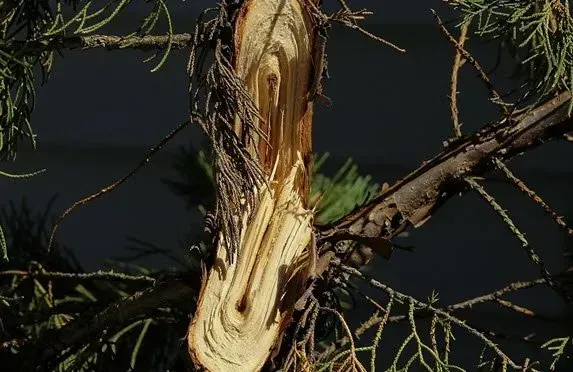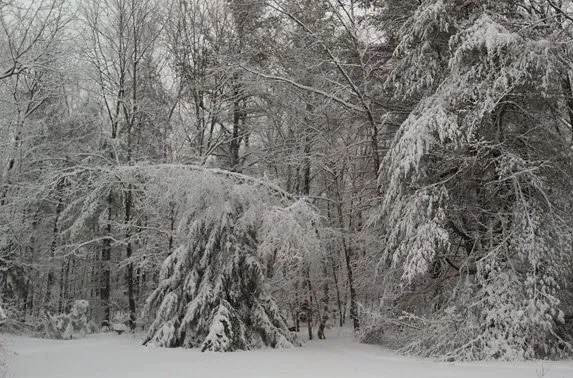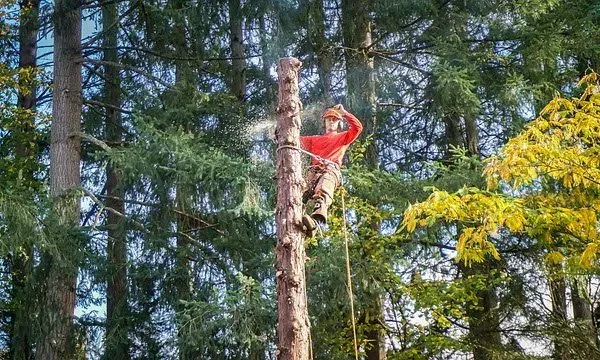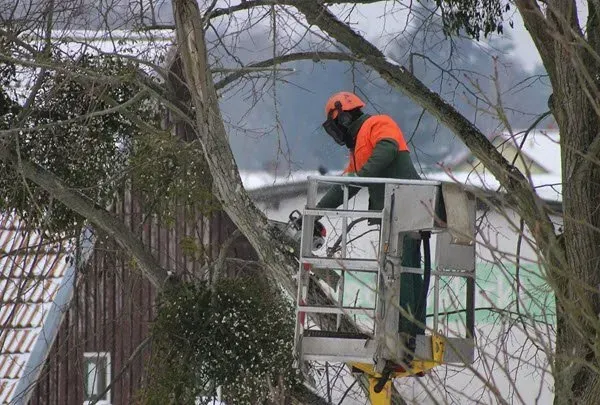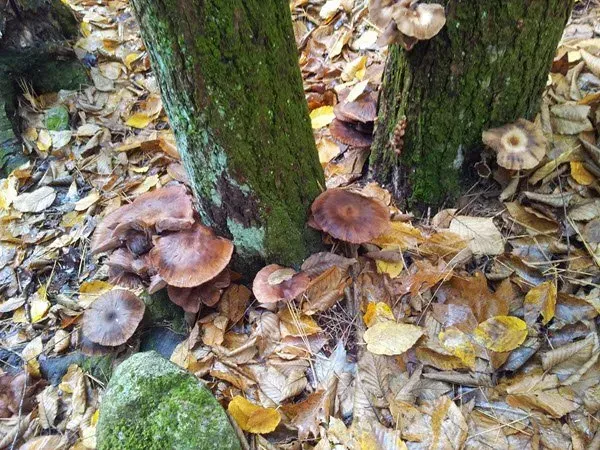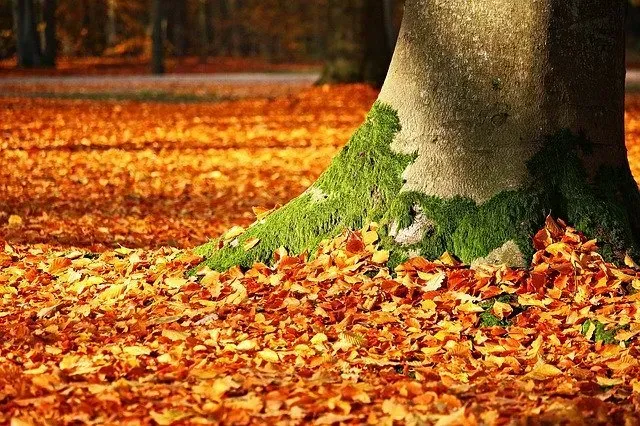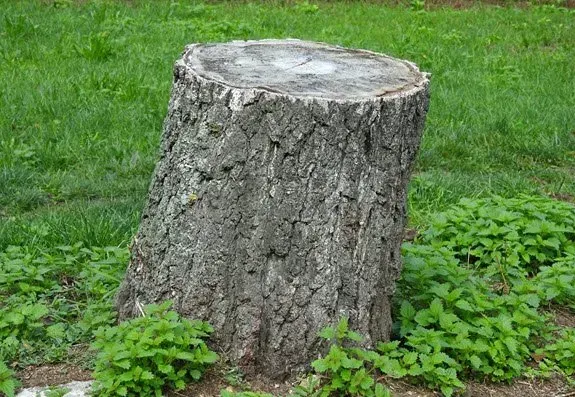How to Prevent Cold Stress in Trees
Cold stress, cracks in the outer bark and inner wood of a tree, can be caused by wide temperature variations in the winter time. In many cases the tree will repair itself, although the area may remain vulnerable for some time. For young trees, wrap the bark during the fall months using a cold weather tree blanket. Avoid pruning the tree in the late fall, which can encourage new growth making the tree more susceptible to damage from frost.
A homeowner in Amherst, NH was seeing cracks in the bark of his trees as the cold weather arrived. Concerned about the well-being of his trees, he contacted Souhegan Valley Tree Service.
Drastic Temperature Changes Take a Toll on Trees
Times of large temperature variations can lead to stress in trees, resulting in the outer bark and inner wood cracking. The crack typically occurs on the side receiving the most winter sunlight. The tree is often able to repair itself naturally, but may remain vulnerable in this area for a long time to come.
Early frosts on late growth on the tree can also cause this telltale cold stress. Late season growth has not yet had time to prepare for the winter months. Ice can penetrate the new branches, causing them to ultimately die.
Tips for Preventing Tree Cracking
For younger trees, wrapping the trunk in special cold weather tree blankets will help to keep the bitter cold air and ice out. This will also help to keep the sunlight off of the tree trunk, preventing the tree from warming up too much during the day only to then be subjected to the bitter cold of night.
To prevent the vulnerability of new branches, do not prune the tree in late fall. Pruning can encourage growth without having enough time for the new branch to prepare for the cold weather. You should also avoid fertilizers with high amounts of quick-release Nitrogen during the fall.
The homeowner in Amherst invested in cold weather tree blankets to prevent any further damage and his trees are well on the way to healing themselves.


